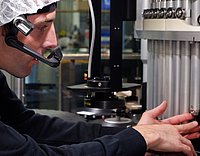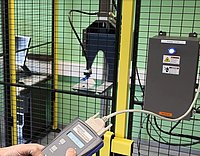
Counterfeit drugs have become an increasing global threat over the last few decades. More and more regulatory authorities, including those of Argentina, Brazil, India, South Korea, Saudi Arabia and Turkey as well as those of Europe and the USA, have adopted or will adopt requirements for the use of globally unique drug identifiers and serialization in order to protect the supply chain.
End-to-end verification system
Prerequisite for the protection against falsified medicines is the unique assignment of a serial number in conjunction with individual production data as data matrix code (product identification GTIN/NTIN/PPN, expiration date and batch number). This unique serial number ensures the authenticity and integrity of medical products together with seal labels at the top and bottom of folding boxes serving as a protection against manipulations.






